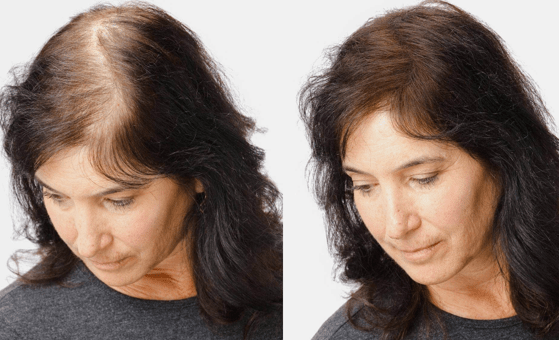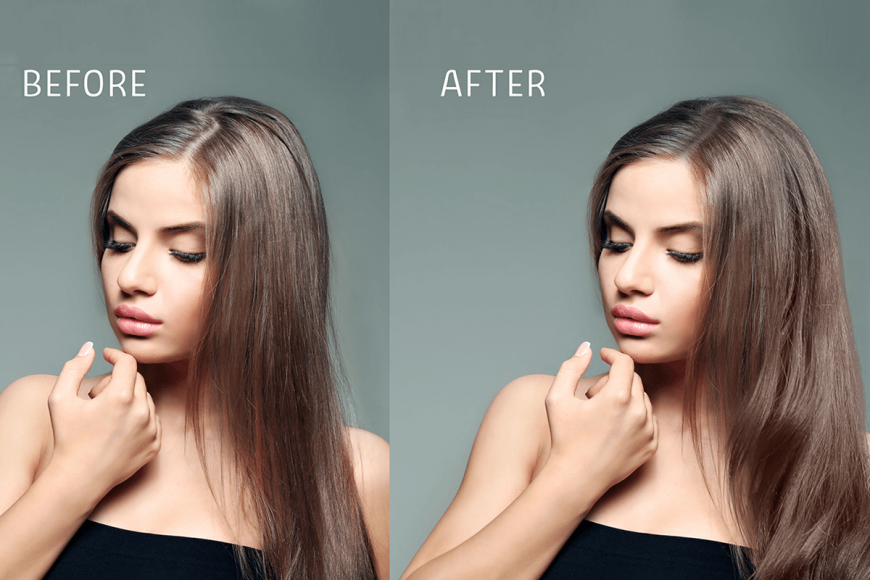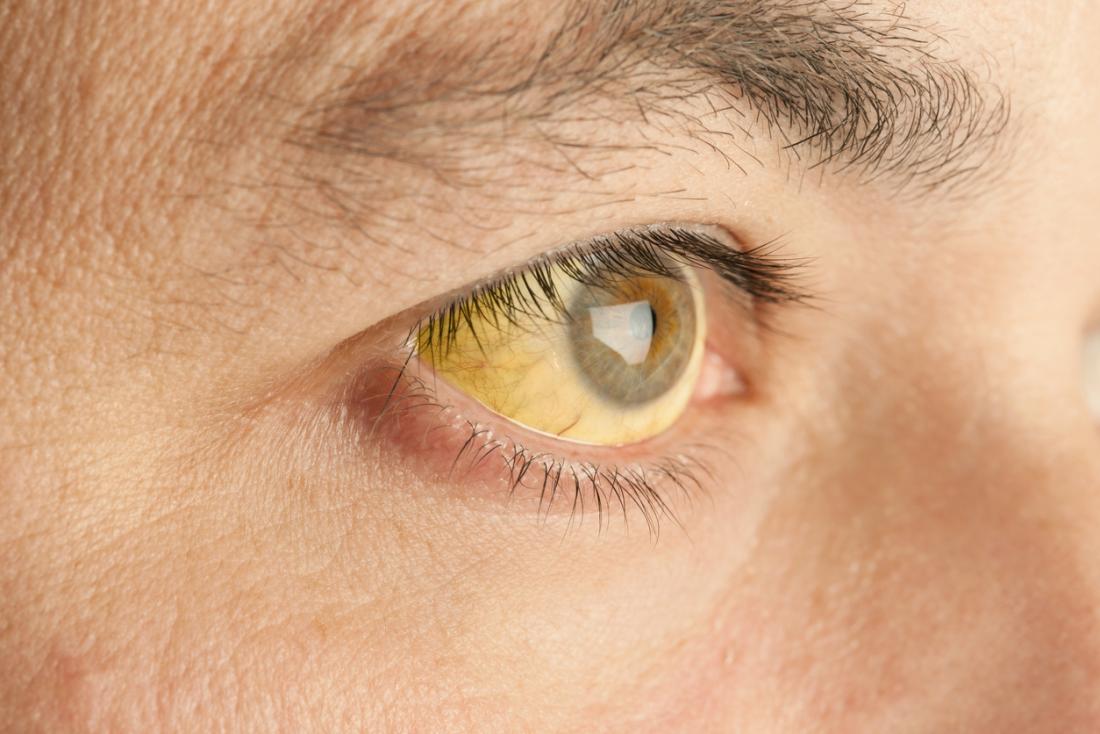
A hair transplant can offer many benefits, including a natural-looking result, the ability to choose your new hairline, and increased confidence. The different types of female hair transplants include follicular unit transplantation (FUT), follicular unit extraction (FUE), and scalp micropigmentation (SMP).
Choosing the right surgeon is critical to achieving a successful transplant. Be sure to do your research and ask plenty of questions. You should also expect some downtime after your procedure, as well as some initial swelling and bruising.
With proper care, you can enjoy your new head of hair for years to come!
A female hair transplant can offer many benefits, including a natural-looking hairline, increased confidence, and improved self-esteem. The surgery can also help to restore hair loss caused by medical conditions such as alopecia or chemotherapy.
There are two main types of female hair transplants: follicular unit transplantation (FUT) and follicular unit extraction (FUE). FUT is the more traditional method, whereby a strip of skin containing hair follicles is removed from the back of the head and transplanted to the desired area. FUE is a newer technique that involves individually extracting hair follicles from the donor area and grafting them into the recipient site. Both methods can produce excellent results, so it is important to discuss with your surgeon which option would be best for you.
As mentioned above, there are two main types of female hair transplants: follicular unit transplantation (FUT) and follicular unit extraction (FUE).
FUT is the more traditional method, whereby a strip of skin containing hair follicles is removed from the back of the head and transplanted to the desired area. This method can provide a larger number of grafts in a single procedure, which means that it can be used to cover larger areas of baldness or thinning. However, it also comes with a longer recovery time and a higher risk of scarring.
FUE is a newer technique that involves individually extracting hair follicles from the donor area and grafting them into the recipient site. This method is less invasive than FUT, meaning that there is less risk of scarring and a shorter recovery time. However, it is also more expensive and may not be suitable for those who require large numbers of grafts.
It is important to do your research when choosing a surgeon for your female hair transplant. Here are some questions you should ask:
-What is the surgeon’s experience with performing female hair transplants?
-How many female hair transplants have they performed?
-Do they have before and after photos of previous patients?
-What is their success rate with female hair transplants?
-What are the potential risks and complications associated with a female hair transplant?
-How much does a female hair transplant cost?
A typical female hair transplant procedure takes about 4-8 hours, depending on the number of grafts being transplanted. During the procedure, the surgeon will remove healthy hairs from an area of dense growth (usually the back or sides of the head) and then implant them in the thinning or balding areas. You will be given local anesthesia to numb the donor and recipient areas, so you should not feel any pain during the procedure.

After the surgery, you will likely experience some swelling and redness around the transplanted area, as well as some crusting where the grafts were placed. These side effects are normal and should resolve within a few days to weeks. You will need to take care of your transplanted area by keeping it clean and dry, avoiding strenuous activity, and protecting it from sun exposure for at least a week or two after surgery.
Most patients see some regrowth within 4-6 months, with full results visible after about a year.
After your female hair transplant, it is important to take care of your transplant site. This means keeping the area clean and dry. You may also need to use a special shampoo or cream. Your surgeon will give you specific instructions on how to care for your transplant site.
It typically takes several months for the transplanted hair to grow back. You may see some new growth within a few weeks, but it will be very fine and barely noticeable. By six months, you should see significant new growth that is thicker and longer.
Conclusion
A female hair transplant can be a great option for women who are looking to improve their appearance and boost their confidence. When choosing a surgeon, it is important to ask questions and make sure you are comfortable with the procedure. After the transplant, it is important to care for the transplant site and follow the surgeon’s instructions. Results may take several months to appear, but most women are happy with the results of their transplant.






